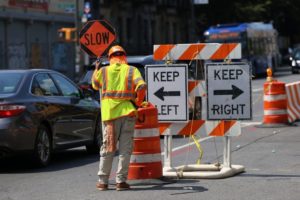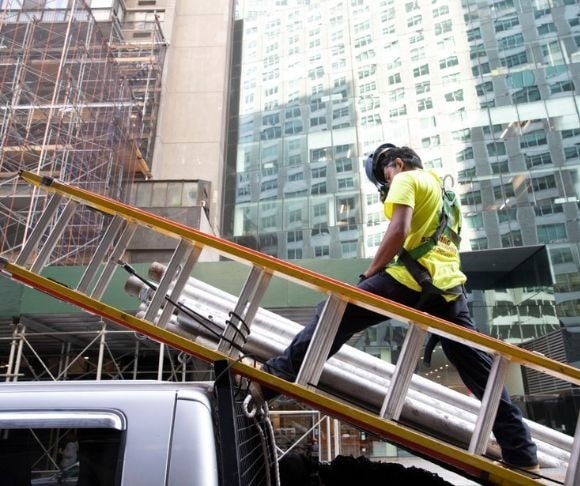The US economy’s first six months of 2022 were dreadful, with soaring price inflation, a contracting gross domestic product, and collapsing purchasing managers’ index (PMI) readings. Labor productivity also took a significant hit in the year’s first half, despite the nation returning nearly three million jobs to the post-pandemic marketplace. So how can an economic landscape experience a slowdown while maintaining a robust job market? It is simple enough: falling output.
A Look at Q2 US Labor Productivity
In the second quarter, non-farm productivity tumbled 4.6%, according to the Aug. 9 data from the Bureau of Labor Statistics (BLS). This is up from the -7.4% in the first quarter and slightly higher than the median estimate of -4.7%. It was also the biggest annual drop in the April-June span on record.
The number of hours worked increased by 2.6%, down from 5.3% in the previous quarter. Labor costs also climbed exponentially, soaring 10.8% in the April-June period. This was higher than economists’ forecasts of 9.5%, but it was lower than the 12.7% jump in the first three months of 2022. In addition to the question surrounding productivity, elevated wages exacerbated inflationary pressures. At the same time, real hourly compensation (adjusted for inflation) was negative across the board.
Since the BLS began monitoring this metric following World War II, labor productivity has blossomed, thanks to technological innovation and adoption. But there have been intermittent periods when output slumped because of broader economic downturns. Today’s situation is a bit different because US companies keep adding positions in an inflationary recession. Is this an anomaly in an abnormal economy, or is the market trying to tell observers something?
The Economics of Labor Productivity
Basic economics tells us that when productivity is sluggish and input is enormous, business costs rise and profits slide. When these trends start forming, the private sector will respond with layoffs, slowing hiring efforts, and curbing investment activity. As the BLS numbers keep proving, companies are begging for workers to fill the more than ten million job openings, which suggests that profit margins of the last year and change have shielded employers from all the chaos and volatility.

(Photo by Michael M. Santiago/Getty Images)
The previous two years saw a dramatic shift in the composition of the workforce, making it more challenging to calculate productivity growth. The consensus is that output levels are fewer than 1%, but an inaccurate gauge can make it difficult for the Federal Reserve’s inflation-busting crusade.
But the US central bank is the chief culprit for these unconventional developments. Indeed, Fed critics routinely warn that when the Eccles Building imposes artificially low interest rates on the economy, it manufactures vast distortions and manipulates conditions. The present labor arena is one example. Chair Jerome Powell and his faction of interventionists constructed an environment of capital misallocation and supported intense indebtedness among businesses and consumers. Ultimately, the Fed helped usher in an economy of lackluster productivity growth.
While some economists recommend not focusing too much on one or two reports, the data for the last two-plus years have been notably weak. Of course, the coronavirus pandemic might have permanently damaged the labor market and the overall economy, be it massive investments in COVID-related health and safety or workers repeatedly taking time off because of positive test results. But fiscal and monetary public policymakers also facilitated the bedlam.
Will We Ever Get Back to Normal?
During the post-Federal Open Market Committee (FOMC) news conference in July, Powell went into detail about the thought process of officials during the height of the COVID-19 public health crisis. Essentially, he thought that when vaccines were released to the public, people would get the jab, send the children back to school, and return to the workforce. This did not happen. Will the United States ever be able to resurrect the good old pre-crisis days? Unlikely. In the end, 300 million Americans survived the once-a-century event, and all they got for it was a vaccine that neither prevents infection nor stops transmission.




